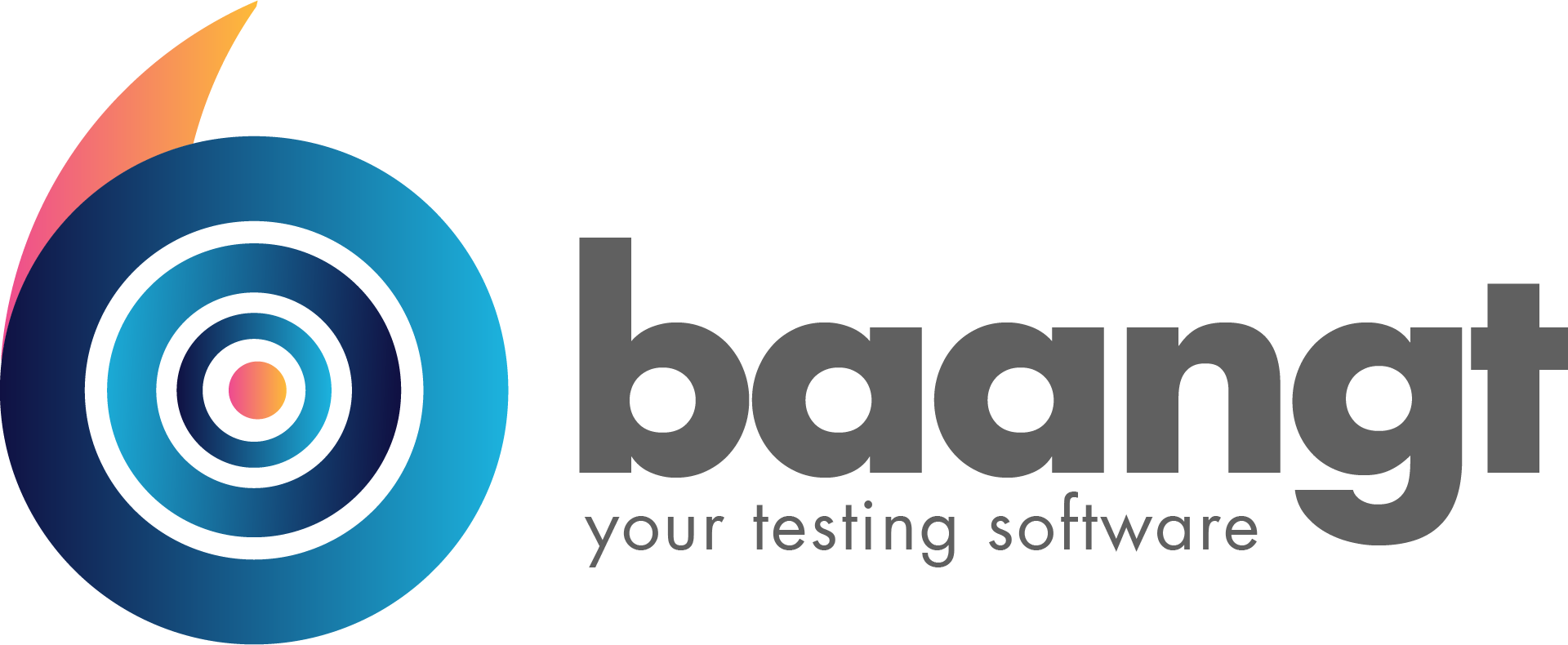Businesses should focus on customers, their well-being, outrunning competition, innovation and all that. Not about bugs in productive systems, which cost incredible effort for the organization and at the same time give bad impression to customers and other partners.
Not uncommon
Sounds familiar? When you sort your defects/incident list for the next sprint, you abandon priority concept (1, 2, 3) and start experimenting with negative numbers? -1, -2 -3 where -3 are the ones where you’ve to report to the CEO every day? And your sprint capacity is full before you even reach priority 0?
Each day/week when you’re supposed to ship the most important hot-fixes to production you suddenly become religious and pray intensively for 30 minutes? But the universe doesn’t listen to you and 30 Minutes after deployment hell breaks loose because you again bricked the production?
First of all: Breathe! Help is on the way!
IT is critical for today’s economy
Changing your religion will not improve your situation (unless you go “all-in”, start as a full-time monk and leave software development forever). You are not alone. I’d guess, that at any given second of the day at least 1000 people pray for good deployment results or are at least worried about the current deployment (and the next. And the next.). It’s a phenomenon that we had already in the 1990s, just the impact back then was never as huge as it is today. There existed manual fallback processes in all companies. Nobody “needed” the IT. If you had a bad deployment and needed to rollback and it took one week to do so, it wasn’t the end of the world, the company or you.
Today is different. I’m pretty sure even if Facebook would go down for a week, the world would still turn. And Facebook wouldn’t cease to exist either. But I’m not so sure about a few 1000 people, who’d be responsible for the mess.
A theoretical way out
Well, let’s not focus on what could happen (and usually happens because Murphy’s a very special friend to many people in IT), but rather see, what we can do about it.
We all know, that there is test automation, which should theoretically give us enough insight on lower stages to prevent faulty deployments ever reaching production. Bugs get costly (monetary as well as regarding to our reputation) once they reach our partners (customers but also suppliers).
Tricentis Tosca is the market leader and has been around for a while. So have the solutions from HP and many others. As good as these tools are, in order to gain value from them you better follow their suggested processes, none of which is usually suitable for your business department or your developers. So both parties, who are in pain when deployments don’t work have no direct interface to the tool, that should help them. There are test-engineers, test-planners, test-designers, test-executors and most probably DevOps involved in automation testing, but not the business department and not the developers. That’s critical from my point of view, because those processes build a barrier, that prohibits automation testing to fulfill it’s potential in today´s organizations. It’s not fast nor efficient to artificially build an additional step between business and their developers.
A real way out
Enter: baangt. Lightweight, fast, simple. Easy to use for business departments, fast and flexible for developers (they even get to play around with beloved JSON-Files) and mature enough for established Delivery organizations to fulfill their needs of reporting, integration, test coverage statistics and much more.
Before you try every sect on the planet give baangt a try. If set-up and used properly, this tool has a good chance to make your life easier – no matter in which role you are right now.
Getting started
Great. You’re still reading. Before you try to convince your manager about the tool, let’s see some common resistance patterns and how to overcome them.
Photo by Jennifer Bonauer on Unsplash
Resistance
Sunken Costs: We just renewed the license for <whatever>. I’ll look like a fool when we’ve a better tool for free!
Support
baangt can be integrated via API-Interface to all “professional” software. You don’t need to kick out all your automation people. Get familiar with baangt and see, how you like it. Whenever your next renewal period for the license of the professional software comes up, you might even have an additional fact for reasoning
Resistance
Security Audit: You know, how hard it is to convince people from internal IT department to deploy a new piece of software
Support
baangt is open source and has little dependencies. baangt can be run in a Docker environment for execution, while testcase management happens in Excel. Shouldn’t take them too long to approve baangt because they can review every aspect of the application
Resistance
Not another tool! We’ve already too much on our plate with the whole CD/CI-Stuff, K8s, Eclipse, IntelliJ and everything else!
Support
Exactly. One more reason to bring around simple, reliable test results. How else will we ever know, whether the latest build will crash production or not?
Final thoughts
baangt is no silver bullet, it doesn’t magically improve your situation without any effort. BUT it’s a fresh approach to easily involve people from the business department, those who hurt most under a flaky production system, early and constantly into automated test processes.


Recent Comments